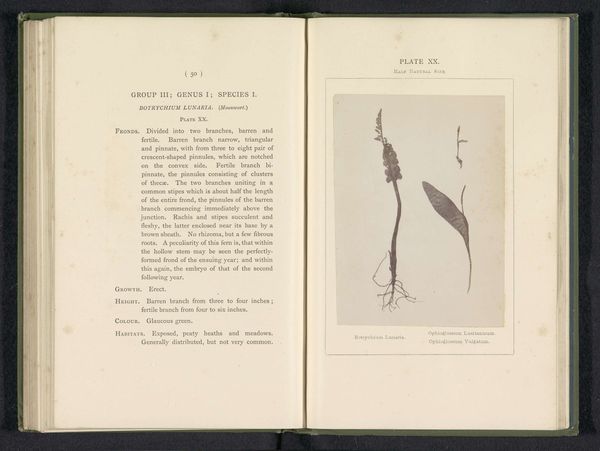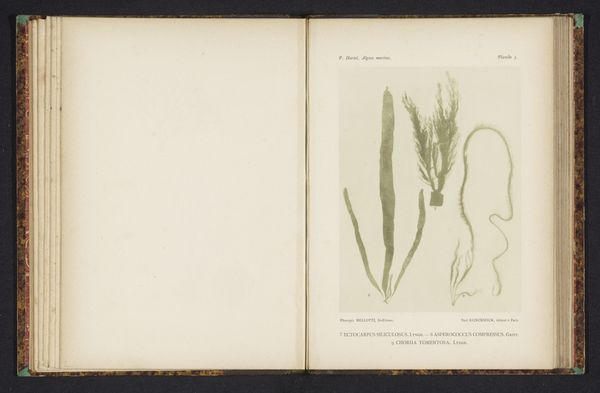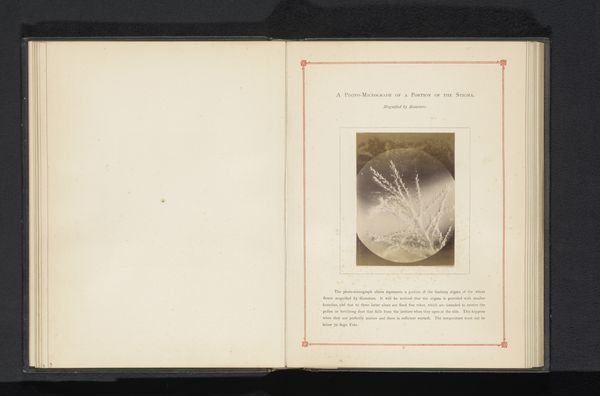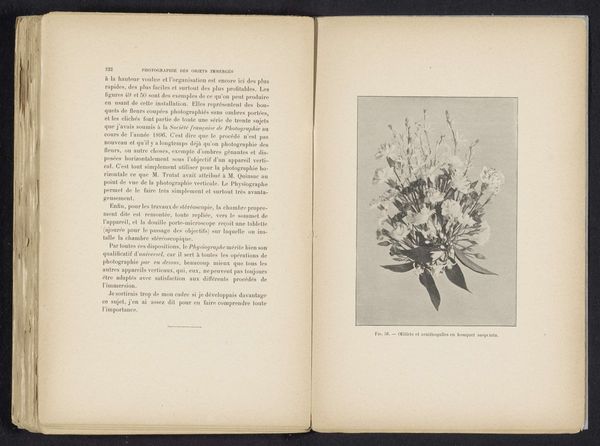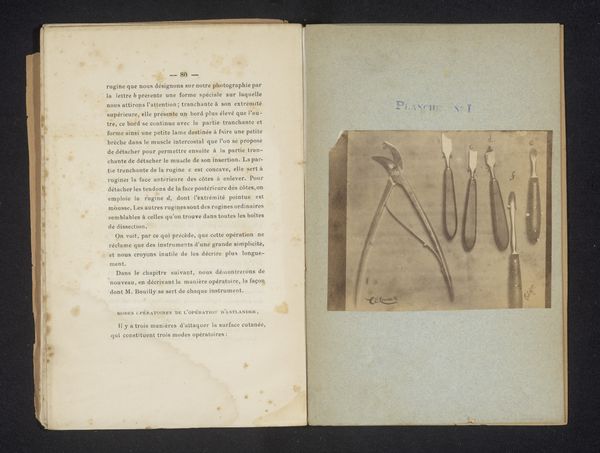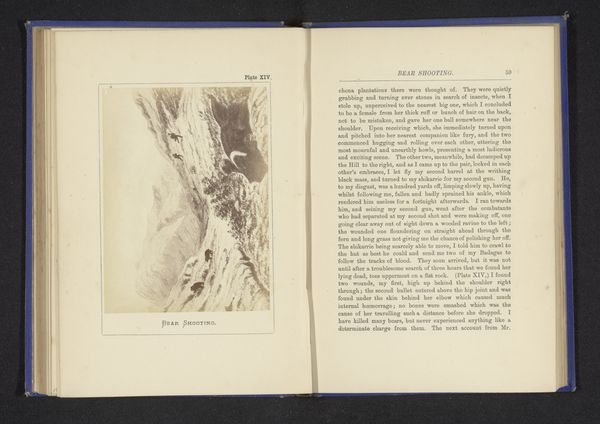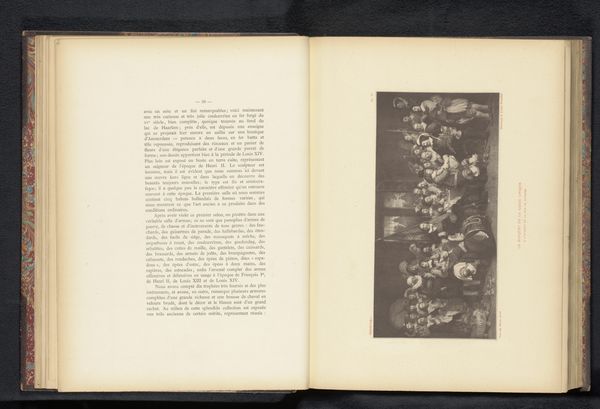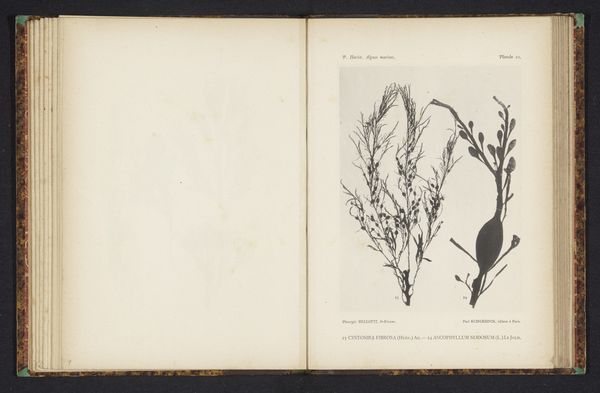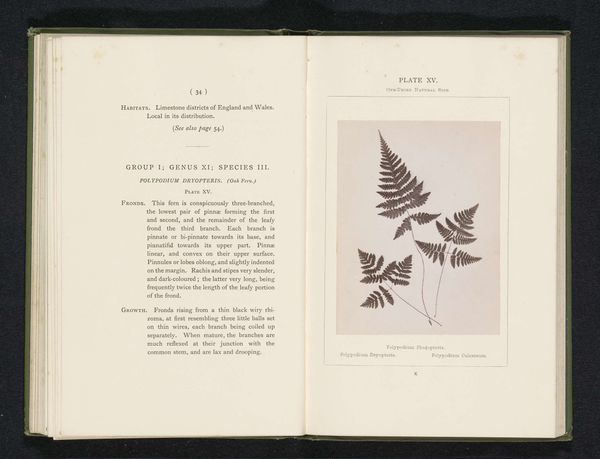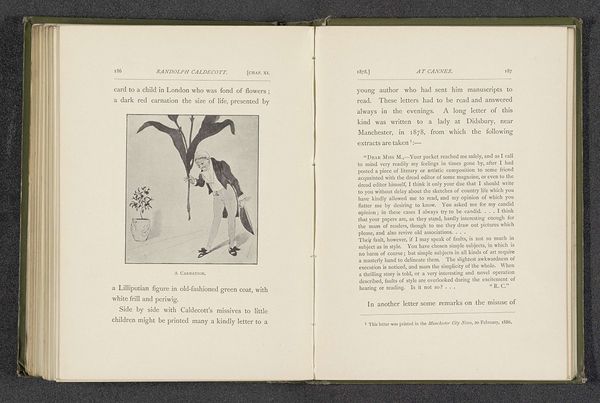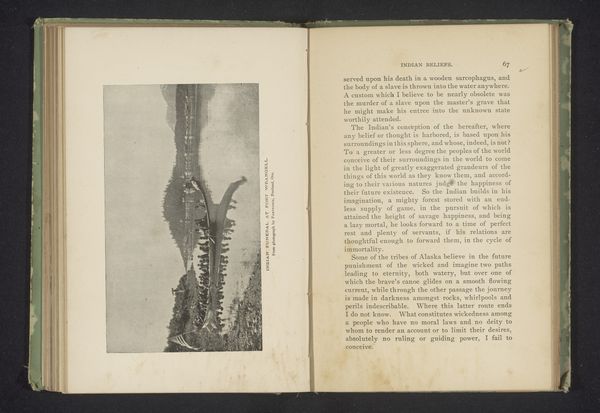
print, photography, gelatin-silver-print
#
still-life-photography
# print
#
landscape
#
photography
#
gelatin-silver-print
#
realism
Dimensions: height 133 mm, width 97 mm
Copyright: Rijks Museum: Open Domain
Curator: I find myself drawn to the unsettling stillness in this gelatin-silver print, “Schedel met gewei van een axishert,” or “Skull with antlers of an Axis Deer,” produced sometime before 1880 by Nicholas & Co. The Rijksmuseum houses it. Editor: Still life, yes, but death still, a stark contrast. The off-white hues give it a ghost-like quality, evoking both vulnerability and power in decay. It's compelling, even somber. Curator: Let’s unpack the cultural significance of depicting animal remains. This photograph, like many still lifes from the period, can be interpreted as a ‘vanitas’—a reminder of mortality and the transient nature of life. It uses the symbol of the deer, often associated with hunting trophies and power, to provoke deeper reflection on existence. Editor: Power...and the politics of hunting. The trophy is proof, not only of kill, but colonial access to land, power of life and death over living beings and over native communities that were connected to this very deer, its habitat, its life circle. Who held that gun? And what were the ecological costs and ethical implications of big-game hunting? I am not sure that this photograph allows the public space to consider all that loss. Curator: You raise a key point about the sociopolitical aspects tied to wildlife exploitation. However, this image might offer more nuanced meanings too, such as an artistic study of form and light that reflects the aesthetic sensibilities of the 19th century, its deep obsession with typology and visual organization that echoes in fields beyond natural science. Editor: The formal composition does draw my attention, its stark, almost scientific framing, typical for its time. A document of something lost; and there are things to rescue in it, if we allow the gaze to be about understanding human desire. Curator: Looking at how the symbol of the deer, even in death, embodies continuity with ancient European folklore where antlers often symbolized renewal. I notice a convergence of art, history, and symbol. Editor: The photographic capture extends a life, so it remains available, though absent. Death becomes a tool for discourse, its form now open to varied political arguments. Curator: Thinking about the print's textures, I value having expanded its contextual meanings for today. Editor: The animal endures here. Even through photography, its image can incite urgent discussions that our society is late in convening.
Comments
No comments
Be the first to comment and join the conversation on the ultimate creative platform.


